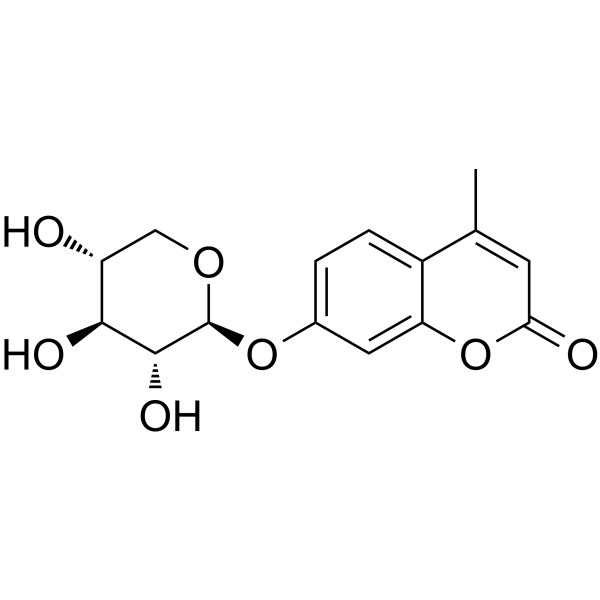[5-(2,4-dioxopyrimidin-1-yl)-3,4-dihydroxy-oxolan-2-yl]methoxy-[hydroxy-(3,4,5-trihydroxyoxan-2-yl)oxy-phosphoryl]oxy-phosphinic acid
Modify Date: 2025-08-25 15:43:59
![[5-(2,4-dioxopyrimidin-1-yl)-3,4-dihydroxy-oxolan-2-yl]methoxy-[hydroxy-(3,4,5-trihydroxyoxan-2-yl)oxy-phosphoryl]oxy-phosphinic acid Structure](https://image.chemsrc.com/caspic/000/3616-06-6.png)
[5-(2,4-dioxopyrimidin-1-yl)-3,4-dihydroxy-oxolan-2-yl]methoxy-[hydroxy-(3,4,5-trihydroxyoxan-2-yl)oxy-phosphoryl]oxy-phosphinic acid structure
|
Common Name | [5-(2,4-dioxopyrimidin-1-yl)-3,4-dihydroxy-oxolan-2-yl]methoxy-[hydroxy-(3,4,5-trihydroxyoxan-2-yl)oxy-phosphoryl]oxy-phosphinic acid | ||
|---|---|---|---|---|
| CAS Number | 3616-06-6 | Molecular Weight | 536.27600 | |
| Density | N/A | Boiling Point | N/A | |
| Molecular Formula | C14H22N2O16P2 | Melting Point | N/A | |
| MSDS | N/A | Flash Point | N/A | |
Use of [5-(2,4-dioxopyrimidin-1-yl)-3,4-dihydroxy-oxolan-2-yl]methoxy-[hydroxy-(3,4,5-trihydroxyoxan-2-yl)oxy-phosphoryl]oxy-phosphinic acidUDP-xylose is a natural product that could be isolated from Cryptococcus laurentii (NRRL Y-1401). UDP-xylose is a sugar donor for the synthesis of glycoproteins, polysaccharides, various metabolites, and oligosaccharides in plants, vertebrates, and fungi[1][2]. |
| Name | UDP-α-D-xylose |
|---|---|
| Synonym | More Synonyms |
| Description | UDP-xylose is a natural product that could be isolated from Cryptococcus laurentii (NRRL Y-1401). UDP-xylose is a sugar donor for the synthesis of glycoproteins, polysaccharides, various metabolites, and oligosaccharides in plants, vertebrates, and fungi[1][2]. |
|---|---|
| Related Catalog | |
| References |
| Molecular Formula | C14H22N2O16P2 |
|---|---|
| Molecular Weight | 536.27600 |
| Exact Mass | 536.04400 |
| PSA | 296.38000 |
| Storage condition | -20°C |
| Precursor 0 | |
|---|---|
| DownStream 1 | |
| MFCD32644832 |
 CAS#:6734-33-4
CAS#:6734-33-4